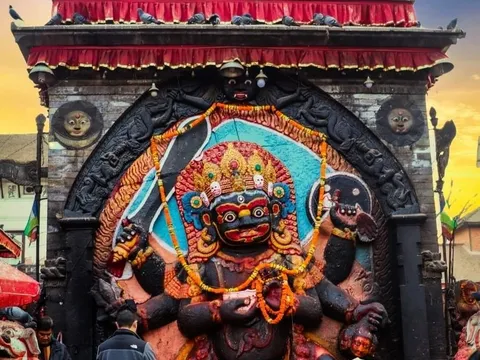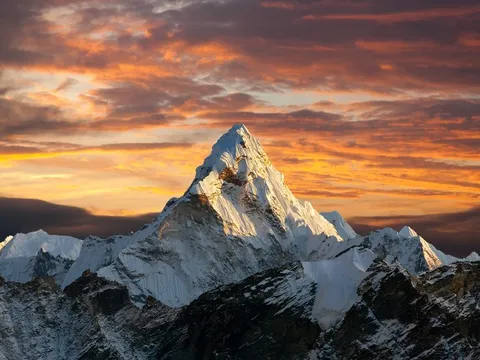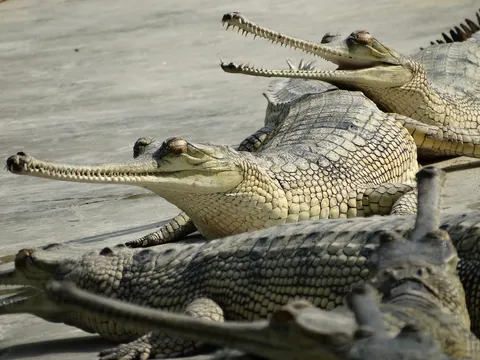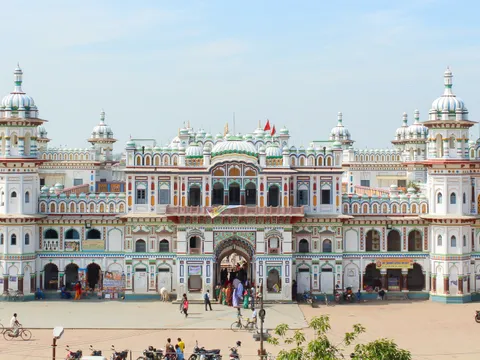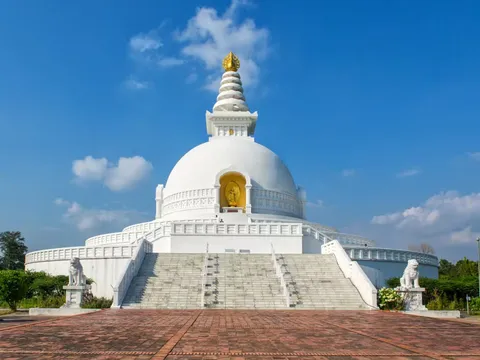Kailash Mansarovar Tour by Road
12N/13D
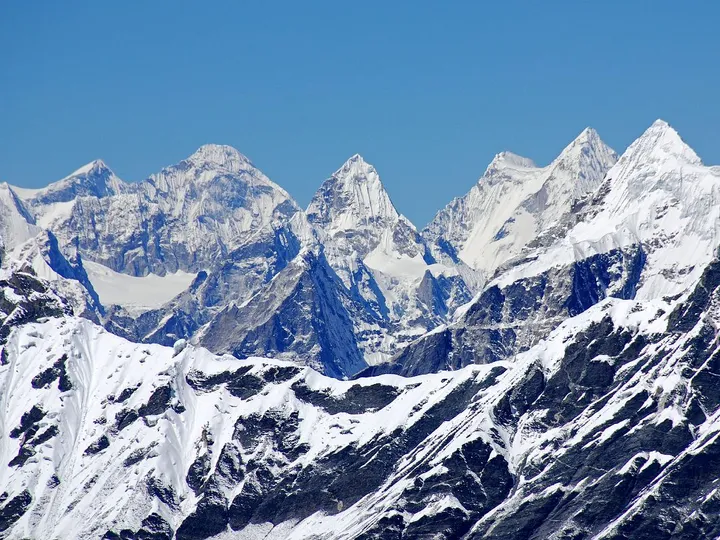
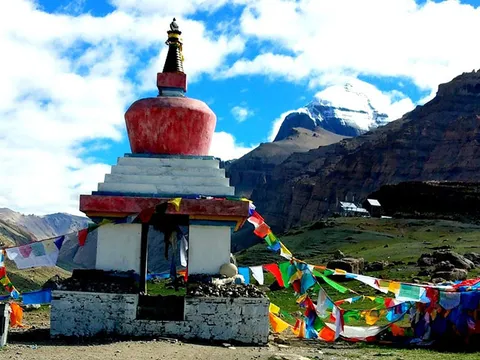

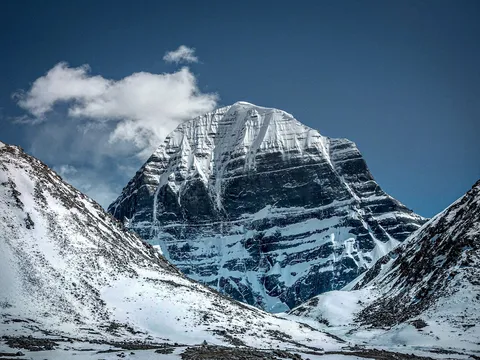

View Gallery
Overview
The Kailash Mansarovar Yatra is a transformative pilgrimage to Tibet, blending spirituality and adventure.
Visit Lake Mansarovar and Mount Kailash, revered sites for multiple faiths.
Highlights include the challenging Kailash Parikrama (circumambulation) around Mount Kailash, a holy dip in Lake Mansarovar, and crossing the high-altitude Dolma La Pass (5600m).
Witness breathtaking Himalayan landscapes, including views of Mount Shishapangma, and experience the serenity of Zuthulphuk Monastery.
Consider visiting Pashupatinath Temple in Nepal before or after the yatra.
This journey through the Tibetan Plateau offers deep spiritual fulfillment and unforgettable memories.
Itinerary
Arrive at Tribhuvan International Airport in Kathmandu, where a representative will greet you and transfer you to your hotel.
In the evening, attend a detailed briefing about your upcoming pilgrimage, including important health precautions and spiritual context.
Use the rest of the day to rest or explore the vibrant streets of Kathmandu.
Explore some of Kathmandu's most sacred temples:
- Visit Pashupatinath Temple, a revered shrine dedicated to Lord Shiva.
- Discover Budhanilkantha Temple, featuring a remarkable reclining statue of Lord Vishnu.
Spend the afternoon preparing for your Kailash Yatra.
Start your drive towards the Nepal-Tibet border at Rasuwa Gadi.
After crossing the border and completing immigration formalities, continue through the dramatic Tibetan landscape to reach Kerung for an overnight stay.
Spend the day acclimatizing to the altitude in Kerung.
Take short walks and enjoy panoramic views of the surrounding snowcapped Himalayan peaks.
Rest in your guesthouse and prepare for the days ahead.
Travel across the striking Tibetan Plateau.
Catch spectacular glimpses of Mt. Shishapangma and Gauri Shankar from Gurung La Pass.
Reach Saga or Dongba for a restful overnight stay.
Begin your sacred journey to Lake Mansarovar, one of the world’s highest freshwater lakes.
- Witness your first darshan of Mount Kailash from Horchu Pass.
- Take a holy dip in Mansarovar Lake, believed to purify the soul.
- Participate in rituals like puja, havan, and meditation by the lakeshore.
Stay overnight at Chhu Gompa, near the lake.
Spend the morning at Lake Mansarovar engaging in rituals, meditation, and a holy bath.
Visit the nearby monastery before traveling to Darchen, the base for your upcoming Mount Kailash Parikrama.
Drive to Tarboche (Yama Dwar), the gateway to your trek.
Begin the first leg of the Kailash Parikrama, trekking to Diraphuk.
Enjoy majestic views of Mount Kailash’s north face along the route.
Trek to the highest point of the journey, Dolma La Pass, facing a challenging ascent.
Descend toward Zuthulphuk, passing the tranquil Gauri Kund on the way.
Rest for the night at a guesthouse in Zuthulphuk.
Conclude the final 8 km stretch of the Kailash Parikrama.
Meet your vehicle and drive back to Dongba, retracing the scenic route near Lake Mansarovar.
Enjoy a peaceful overnight stay in Dongba.
Begin your journey back across the Tibetan plateau to Kerung.
Take in the landscape one more time before settling in for a restful overnight stay.
Cross the Nepal-Tibet border and drive back to Kathmandu.
Celebrate your journey’s completion with a relaxed evening in the city.
You will be transferred to Tribhuvan International Airport for your departure, carrying with you spiritual memories and blessings from the journey.
What's included
- All meals (breakfast, lunch & dinner) throughout the Yatra.
- Accommodation in Kathmandu & Tibet (Hotels & Guesthouses).
- All required permits (Tibet visa, Kailash Parikrama permit, Mansarovar entry).
- Private luxury bus for transport in Tibet.
- English-speaking Tibetan guide.
- Duffle bag, down jacket & trekking bag for Parikrama.
- First aid kit & oxygen support.
What's excluded
- Personal expenses (drinks, phone calls, laundry, etc.).
- Emergency rescue & medical expenses.
- Travel insurance & international flight tickets.
- Personal riding horse or porter during the Parikrama.
Good to know
1. How can I see Mount Everest without trekking?
You can experience Everest Mountain Flights, a 50–60 minute scenic flight from Kathmandu Airport, offering breathtaking aerial views of Mt. Everest and other Himalayan peaks. The journey starts at 5:30 AM from your hotel, with flights departing at 6:30 AM. The total experience lasts around 3 hours.
2. What is the best way to experience paragliding in Pokhara?
Paragliding in Pokhara lets you soar over the beautiful valley with stunning views of Phewa Lake and the Annapurna range. The actual flight lasts 20–30 minutes, with the total trip taking around 3 hours. You can choose between two departure times: 11:00 AM or 1:00 PM from your hotel in Pokhara.
3. Is there an adventure activity between Kathmandu and Pokhara?
Yes! You can enjoy Trishuli River Rafting, an exhilarating white-water rafting experience. The rafting spot is about 100 km from Kathmandu, making it a perfect stop on the way to Pokhara. The rafting journey covers 18–20 km, offering a mix of thrilling rapids and scenic river views.
4. Do I need a visa to visit Nepal?
Yes, most travelers require a visa to enter Nepal except Indian Citizens.
Visa on Arrival is available for most nationalities at Tribhuvan International Airport (Kathmandu) and various land border crossings. It is recommended that you check the latest visa regulations before traveling.
5. What documents are required to enter Nepal?
To enter Nepal, you need:
- A valid passport (with at least six months of validity).
- A Nepal entry visa (available on arrival or through embassies).
- A passport-sized photograph (for visa processing).
- Proof of return or onward travel (if required by immigration).
6. When is the best time to visit Nepal?
Nepal is a year-round destination, but the best travel months are:
- September – December & March – May – Pleasant weather, ideal for sightseeing and trekking.
- January – February – Cold winter months, perfect for snow lovers.
- June – August – Monsoon season with frequent rains, best for lush landscapes and fewer crowds.
7. What kind of food can I expect in Nepal?
Nepal offers a variety of cuisines, from traditional Dal Bhat (lentils and rice) to international dishes. Street food like momos (dumplings) and Newari delicacies are must-tries. Vegetarian and vegan options are widely available.
8. Are vehicles allowed inside World Heritage Sites in Nepal?
No, sightseeing within World Heritage Sites and pedestrian-friendly areas is done on foot, as vehicles are prohibited inside these locations. Your transport will drop you at the nearest access point.
9. What are my options for mobile connectivity in Nepal?
You can stay connected in Nepal by:
- Buy a local SIM card upon arrival at the airport or in city outlets (options include Ncell & Nepal Telecom). A passport and a passport-sized photo may be required.
- Pre-purchasing a regional eSIM for Nepal before your trip allows you to have instant connectivity upon landing without the hassle of buying a physical SIM.
Starting from
₹2,36,250
Per person (price can vary by group size)

